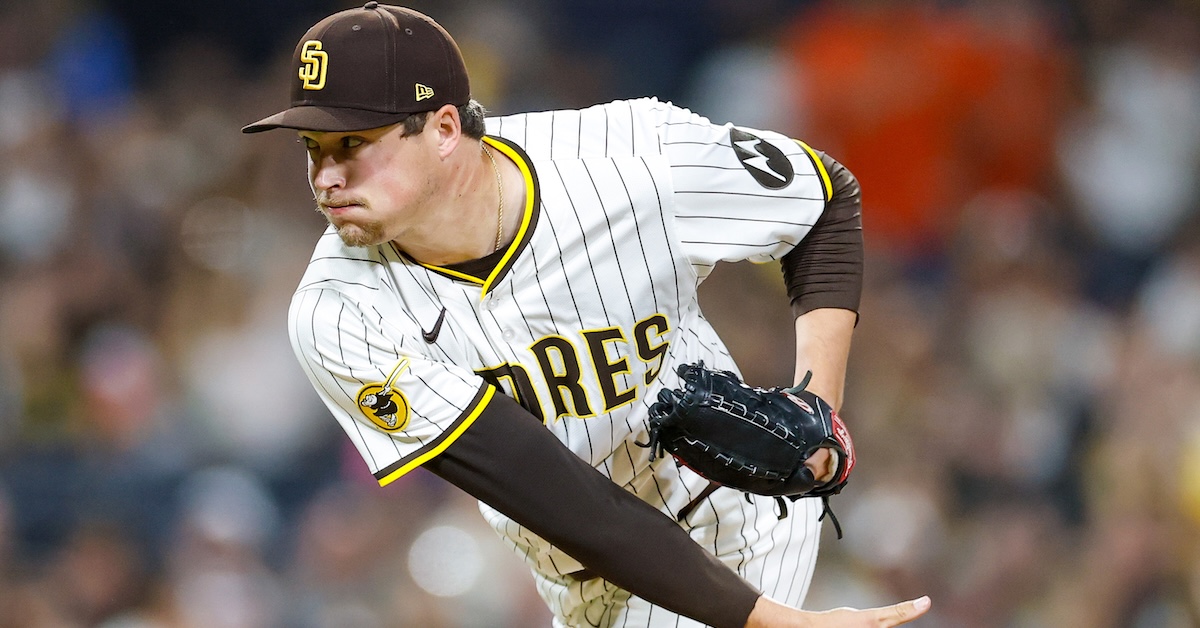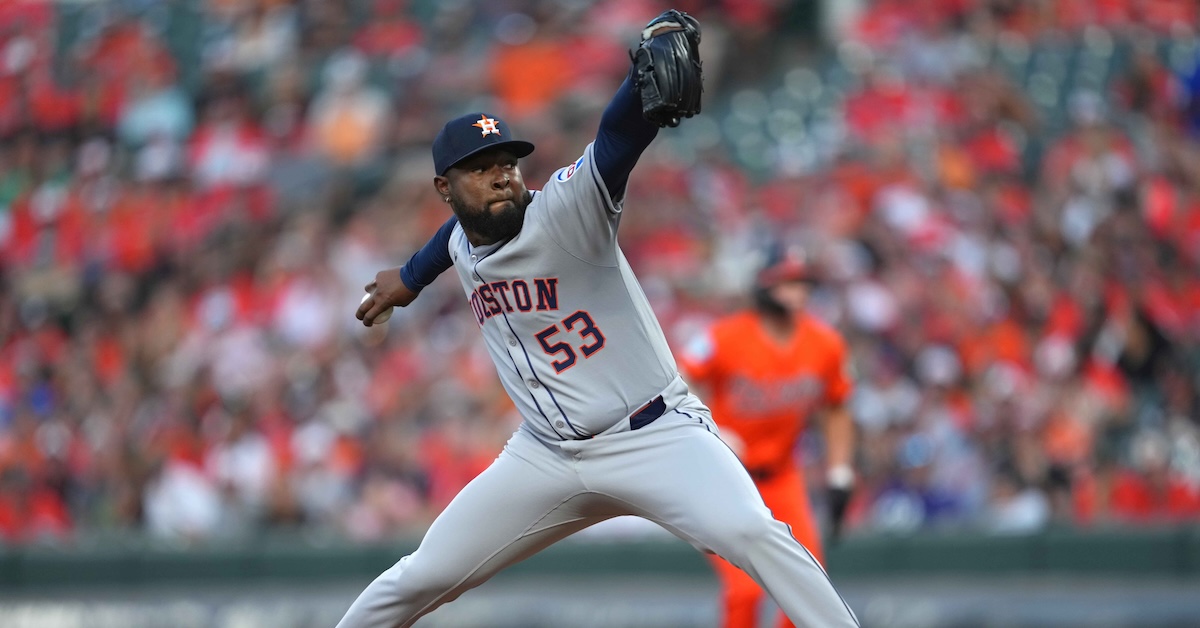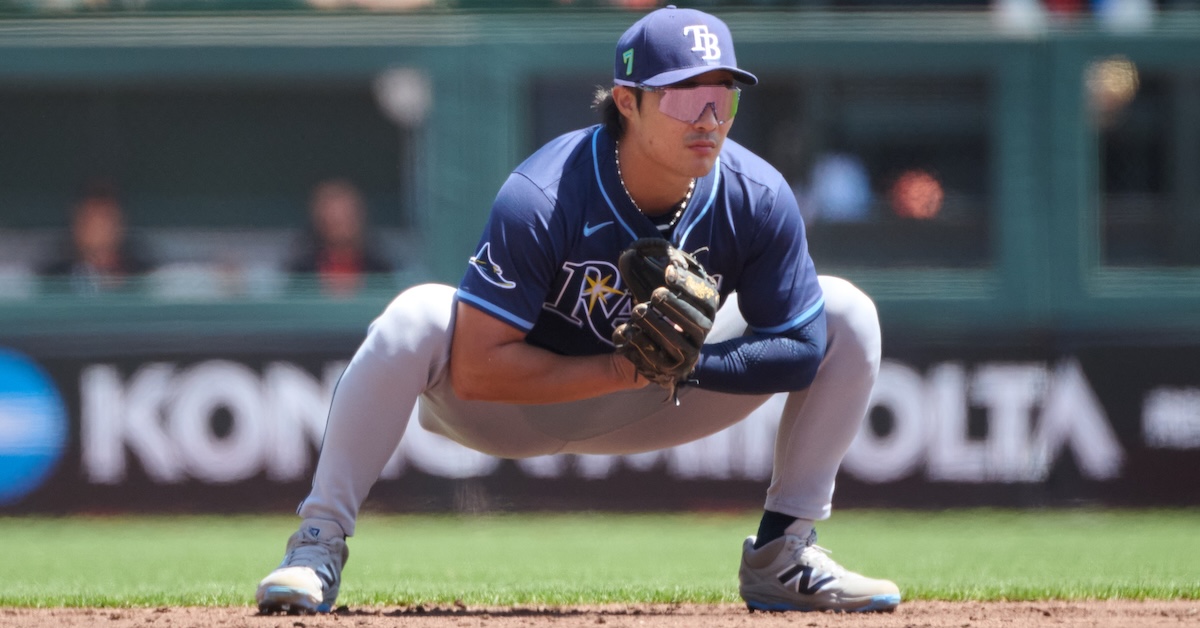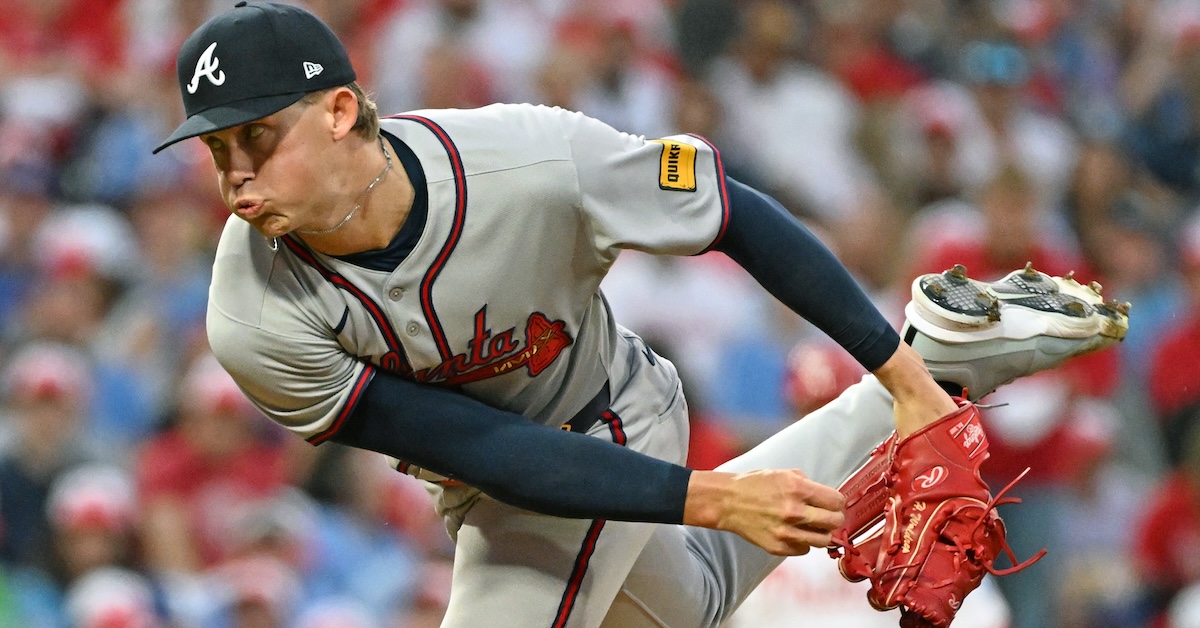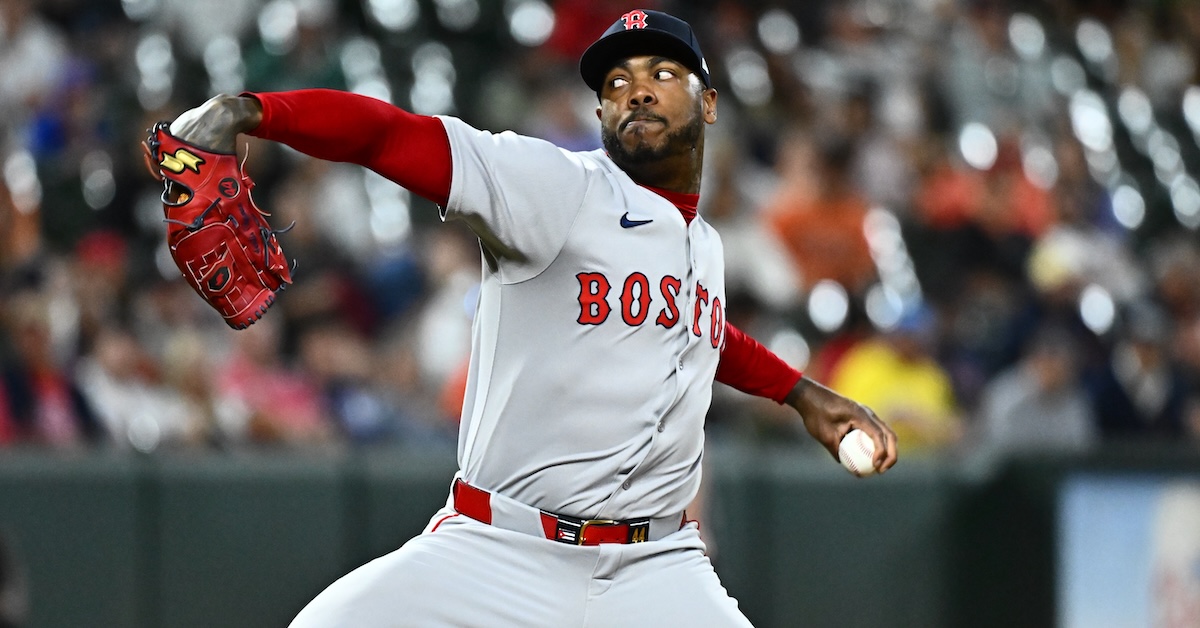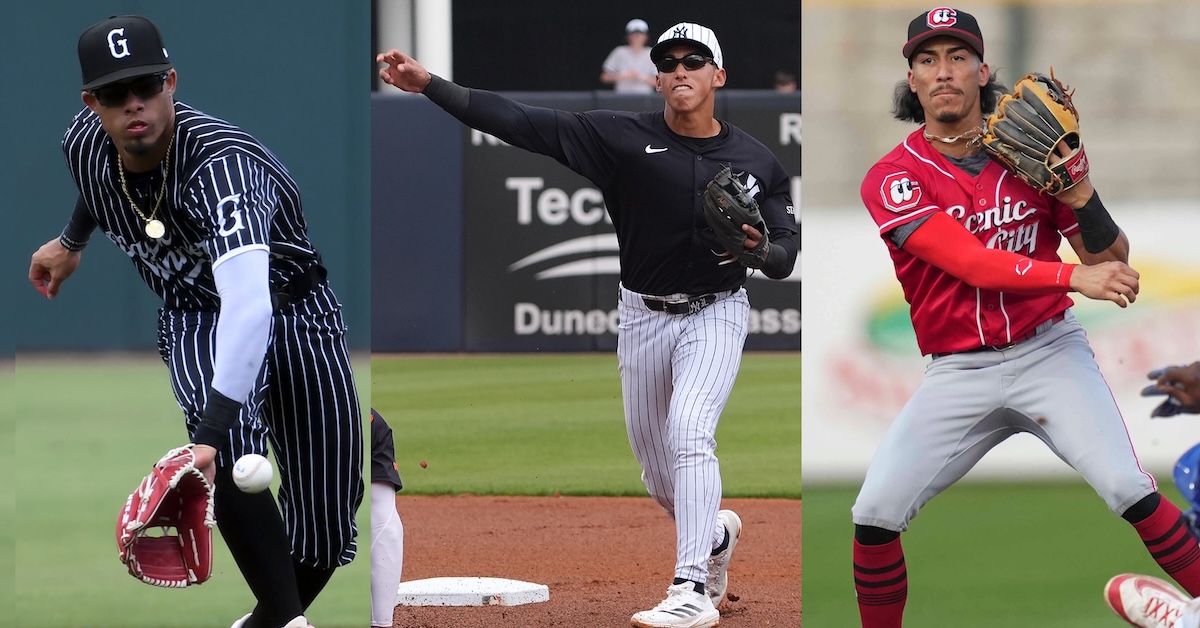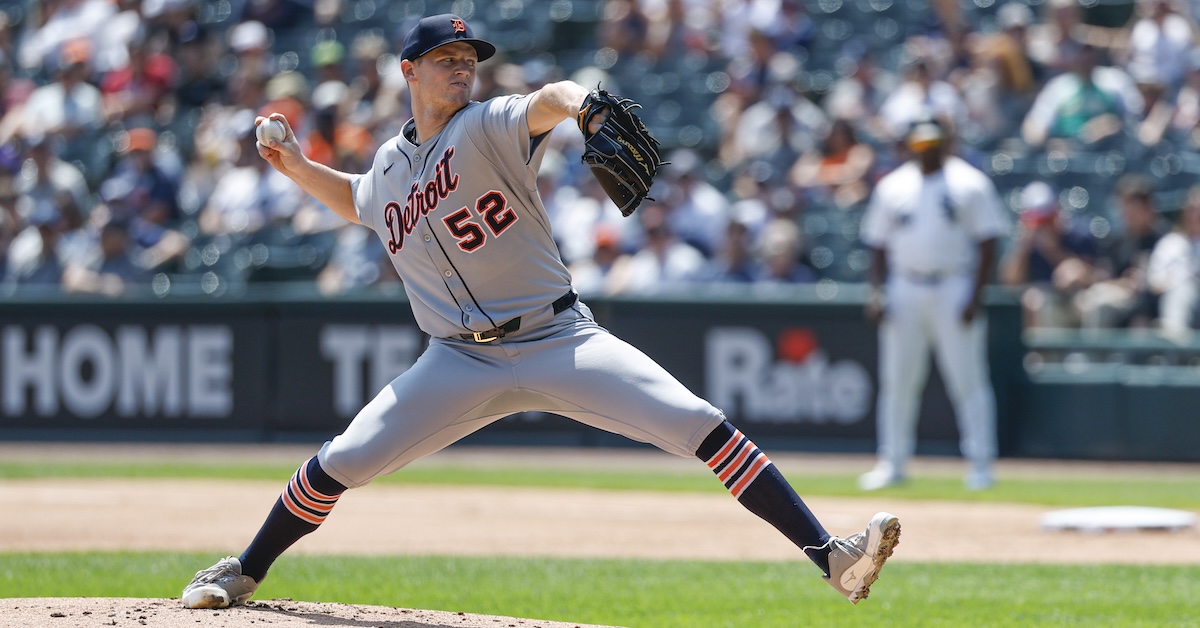Mechanics Amiss, Tanner Bibee Is Working To Rediscover His ‘Honey Hole’
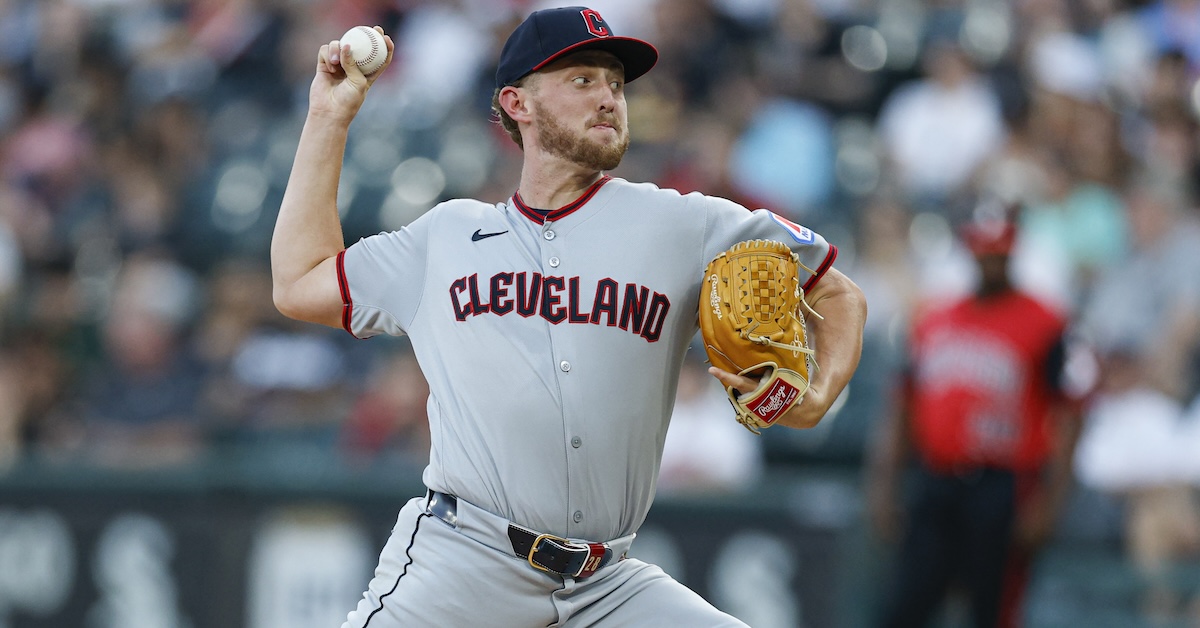
Tanner Bibee is having a down season. While he’s thrown a team-high 154 2/3 innings, the Cleveland Guardians right-hander has a 4.77 ERA and a 4.69 FIP, as well as a career-low 20.6% strikeout rate. Over the previous two seasons — his first two in the majors — he’d tossed 315 2/3 innings with a 3.25 ERA, a 3.54 FIP, and a 25.3% strikeout rate. Something has clearly been amiss.
Bibee believes that he knows what the issue has been; how to right himself during the season is the question at hand. With less than a month left on the schedule and the Guardians still holding out hope for October baseball — their playoff odds are a faint, but not impossible, 4.6% — Bibee can’t wait until the winter to get right. Much for that reason, he worked diligently in a bullpen session on Wednesday afternoon at Fenway Park, after which he expounded on his efforts to return to what he’s been at his best.
———
David Laurila: We talked a few days after you made your big league debut (in April 2023). How do you compare to the pitcher you were then?
Tanner Bibee: “Stuff-wise?”
Laurila: Stuff. How you approach the game. You’re two years older and presumably smarter now.
Bibee: “That doesn’t always mean better. It’s been an interesting first couple of years in the big leagues. I obviously had a lot of success in 2023. I had some success last year after a rough month or two. This year has definitely been… I’ve been through different movement patterns. In ’23, I came in with a really high slot, then kind of slowly got it back down.”
Laurila: Purposefully, or did that happen organically? Read the rest of this entry »
